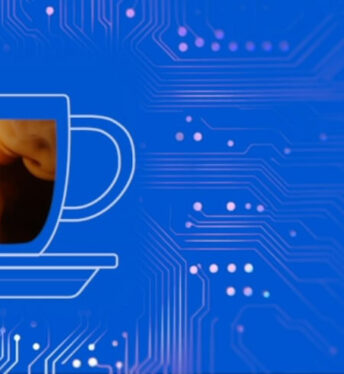As technology executives modernize to meet today’s business needs, they are replacing their old enterprise resource planning systems with modern, agile, innovative choices. These systems are more open, modular, cloud and ecosystem-oriented than their predecessors.
The ERP market has been slowly transitioning to a cloud architecture. We still see a wide variation in the maturity and adoption of cloud-based software-as-a-service (SaaS) models.
SAP remains the largest vendor in the ERP market and services several industry verticals in nearly every geography. SAP S/4HANA is built on a next-generation technology foundation that provides in-memory database technology, cloud options, AI and automation and real-time process management. In addition to the S/4HANA product, SAP provides key functionality through its portfolio of cloud solutions, including SAP Ariba for procurement, SAP SuccessFactors for human capital management, SAP Concur for travel and expense, and the newer Business Technology Platform. With BTP-enabled integration, data analytics, planning and analysis, and AI capabilities, SAP will revolutionize cloud-enabled ERP.
With its product vision and execution roadmap, SAP S/4HANA is a Leader in the Gartner Magic Quadrant. SAP S/4HANA is quickly becoming a managed SaaS cloud solution via the new RISE initiative.
My analysis below is meant to be completely neutral. Its purpose is not to push any opinion but to incentivize leaders to ask the right questions to decide. SAP is a great company, and SAP RISE is a superb solution “in the right situations.”
SAP RISE PROS
One throat to choke
No finger-pointing. SAP owns the solution. One call, no matter the issue. Cloud problem? OS problem? Database problem? SAP instance issue? SAP owns anything Basis level down.
SaaS pay-as-you-go finance model
Many companies prefer subscription-based, pay-as-you-go finance models. The lower upfront investment needs are advantageous to many organizations. Startups with limited funds and mid-sized companies may need help justifying capital expenses compared to their market capitalization and other relevant costs.
Cloud and technical management services built-in
Negotiating and managing separate contracts with cloud providers, cloud services and other solutions is unnecessary. It is all-inclusive from Basis on down, including hosting costs.
Maintenance mandated
No more negotiating with budgets to get to the next innovation level. No more falling behind and collecting technical debt over the years. Maintenance is included and already part of the contract. Not only that, but it is mandated. No more internal political fights on whether you do it or not.
SAP RISE CONS
There is only one vendor to negotiate with.
If the issue is at the cloud level (AWS, Azure, GCP) – do you need or want SAP in the middle? Do you need negotiating ability directly with your cloud vendor? Without affecting your relationship with SAP. Or the other way around, do you need to negotiate with SAP without affecting your relationship with your cloud vendor?
Not suitable for capital-based financing companies, such as utilities
While many companies prefer subscription-based, pay-as-you-go finance models, not all do. Some industries still need capital expense-based finance models. Interest rate changes affect these decisions as well.
Cloud and technical services outsourced to the lowest bidder
While SAP provides the services needed, it also controls who these contracts go to. It is usually an outsourced service on paper with SLAs, but often to the lowest bidder. While they may pay penalties on SLA misses, those penalties don’t always cover the total damage and frustration to your business and customers. Are you willing to give up this control? Have you factored this into your risk models?
No control over maintenance costs
While maintenance is mandated and the costs built in, you also lose control of what you pay for and when you spend it. Do your future cash flow projections support giving up this control?
SUMMARY
First, decide whether your current software process meets your business needs. Only fix something that is broken. Maximize your ROI on the investment you have already made.
If your current software process needs to be revised, then migrating to S4HANA now rather than later may make more sense. Get to the following architecture level and fix your operations in a single step—two birds with one stone.
Before choosing RISE (SaaS financial model), first look at what financial model works for your business; also, look at how much vendor management you desire and how much control of that work you need. Is your company large enough to provide its economy of scale, or do you need the ecosystem to provide that? What does your company’s current cash flow look like? Do you prefer a capital expense finance model or one that’s pay-as-you-go? Do you want an on premises solution or a cloud-based solution? What are your maintenance outage control needs? Many factors go into deciding on perpetual licensing versus subscription licensing. Many factors go into determining cloud versus on-premise. Evaluate your needs first.
ALL THINGS CONSIDERED
Should you decide that a cloud-based SaaS model is the right fit, SAP RISE is an excellent solution from a great company.
About Robert Palmer: Robert is the SAP Presales and Alliances Director at Stefanini North America and APAC. He is responsible for establishing, budgeting and coordinating a training and certification program to enable the SAP RISE initiative. Furthermore, he expanded current global certificates and partnerships with the AWS, Azure and GCP hyperscalers. Robert has extensive experience in SAP and AWS solution architectures with major international IT companies.



















